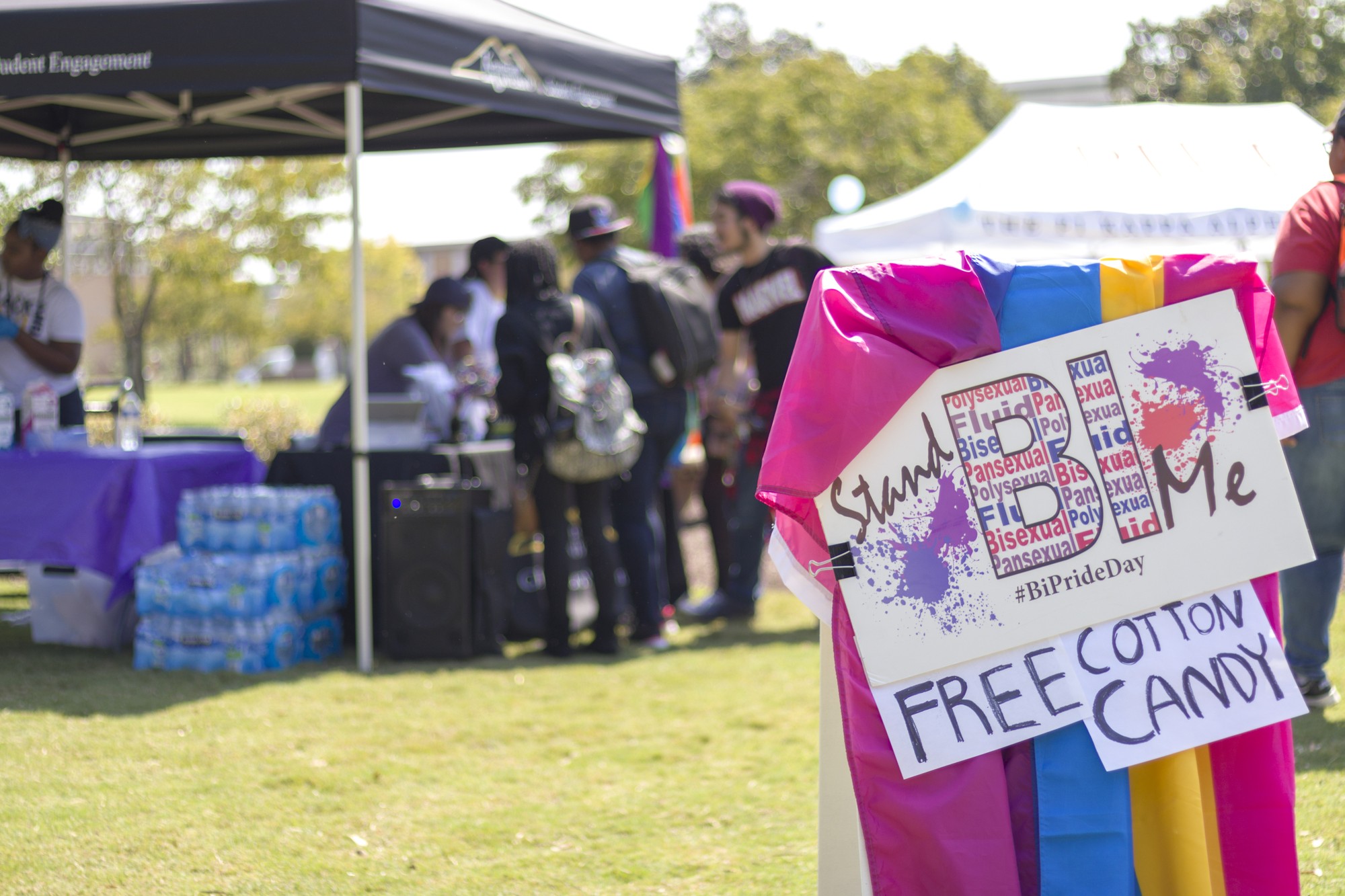The Department of Theatre & Performance Studies masterfully performed a heart wrenching and reflective piece that will follow audience members way past the final bows with the opening night on Feb. 2.
“In the Blood,” written by Suzan Lori-Parks, draws inspiration from Nathaniel Hawthorne’s “The Scarlett Letter.” Both women suffer at the hands of society for their acts of adultery.
Lori-Parks’ Hester, portrayed by Nayazha Coleman, seemingly has all the strikes against her. She is not the typical protagonist by any means. Not only is she considered to be an adulterer, but she is also a black woman, homeless, and a single mother to five children by five different men. Despite her circumstances, she finds joy in her children, who she lives under a bridge with. Throughout the play, Hester constantly refers to her children as her “treasures,” suggesting that they are worth more than every penny she has to scavenge for.
A reoccurring theme throughout the play is Hester’s illiteracy. Both “The Scarlett Letter” and “In the Blood” feature the letter A as a symbol, yet the A’s have a difference in meaning. Hester’s eldest son, Jabber, teaches his mother how to write an A. Although this should mark the beginning of an education, A is the only letter Hester learns. To me, this represents Hester’s inability to see past the label that society has placed on her.
Through the talent Karen Robinson, playwright and director, the audience sees the flaws in Hester, but more importantly the flaws in themselves and society as a whole. The same people who criticize Hester for her situation are the same people who exploit her. Nearly everyone around her pretends to love her for their own benefit. Like Hester said herself, “their love never sticks.”
It made me think that we are so quick to point fingers and judge someone’s situation without acknowledging what role we had or the people around us had in getting them there.
“What I liked most were the nuances in terms of the issues women face when they become single moms, homeless, and live in a shelter,” said Griselda Thomas, coordinator of African and African Diaspora Studies. “They become systematically marginalized. Medical, welfare, church – everywhere Hester went she was exploited, even by her friends. [While studying this play in class,] My students and I found this play really relevant. It forced us to think a lot deeper. This could happen to any woman.”
As a whole, the entire audience and I could’ve passed a hundred Hester’s on the way to the theatre, just to watch a “pretend” show. The reality is that this show mirrors what is happening in the “here” and “now” of society.
Overwhelming, it is society’s belief that those people in a position of homelessness are 100 percent responsible for their situation. Even though we are surrounded by a number of homeless students as KSU, we blame them for being homeless, when in reality it is the system that has failed them.
“The most important thing audiences can take away from this play is the importance of how society is not always fair to certain people, such as people of color, unwed mothers, the unemployed, and homeless. We desensitize ourselves to them,” said Michael Nero, light board operator.
Powerful – a word that comes to mind when reminiscing on “In the Blood,” but not nearly strong enough to do it justice. To everyone who was a part of “In the Blood,” thank you for leaving your heart out on the stage. It was among the best I’ve seen at KSU.


